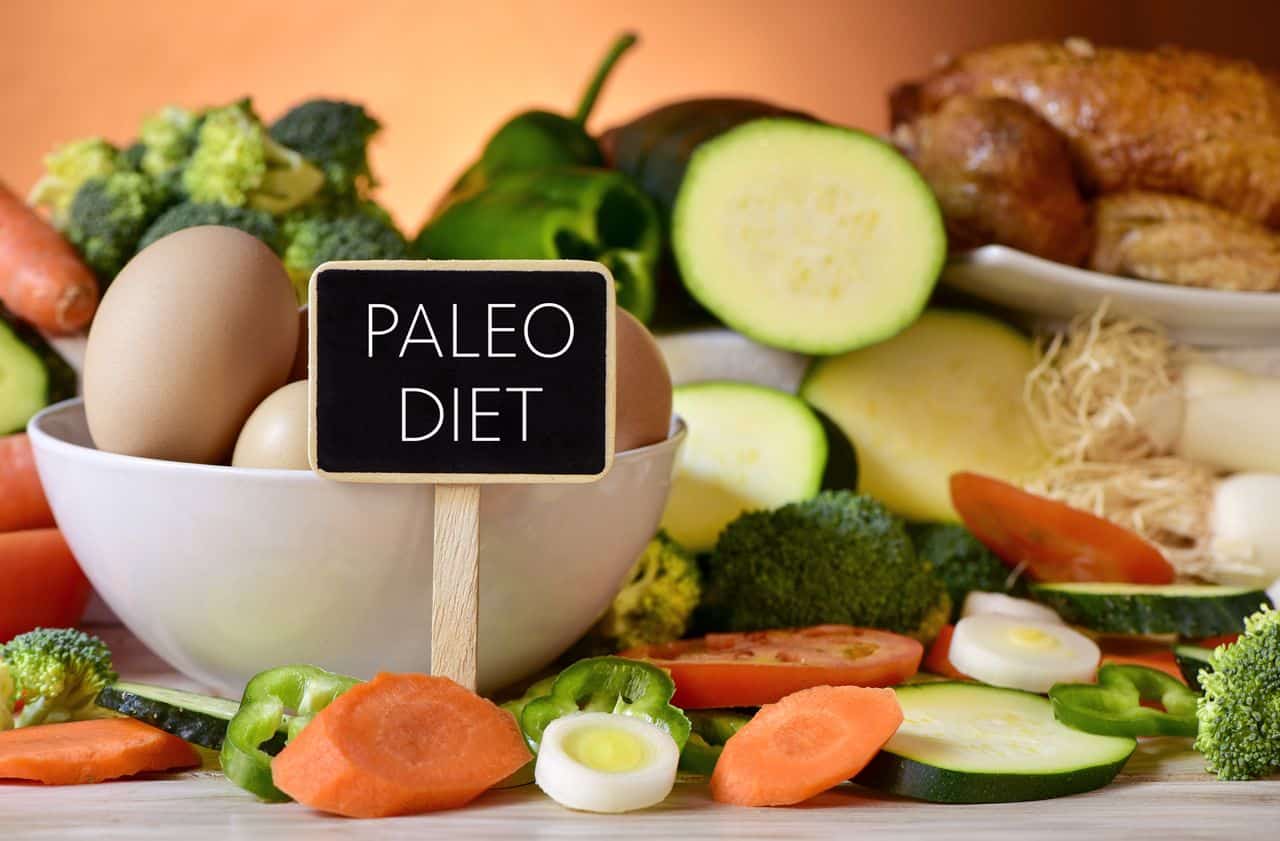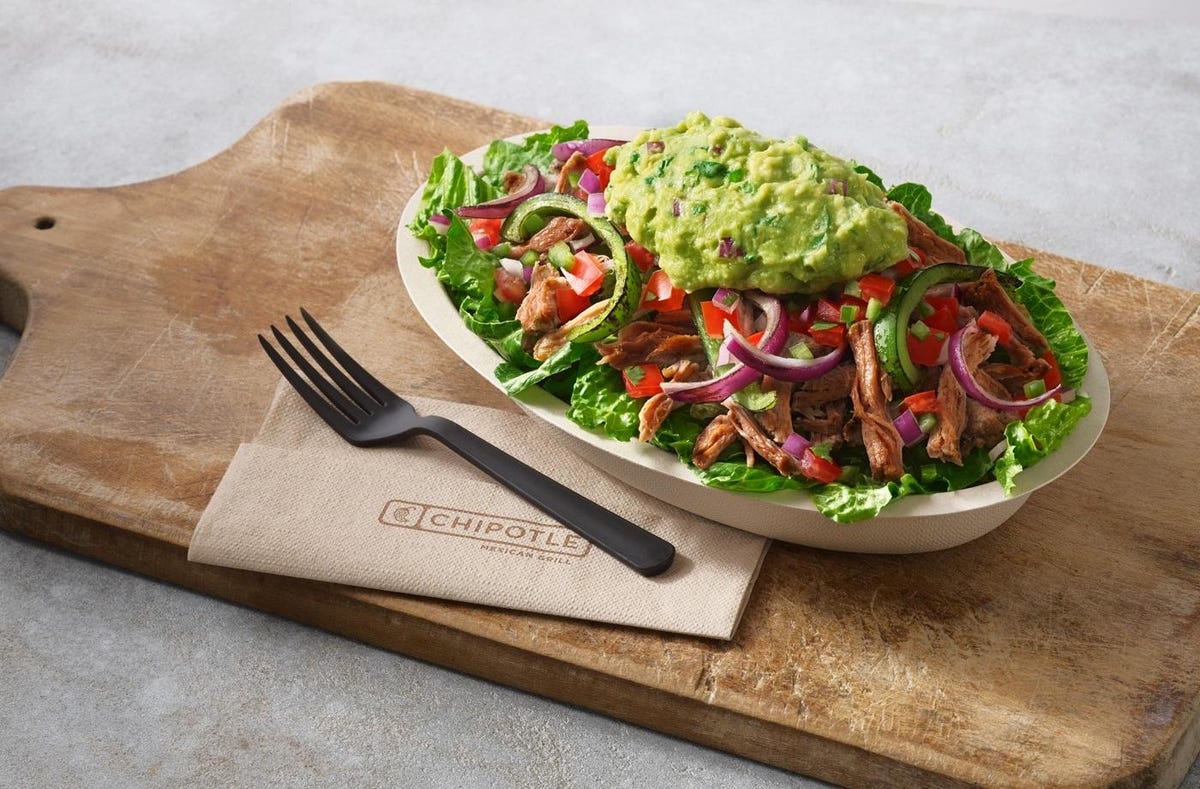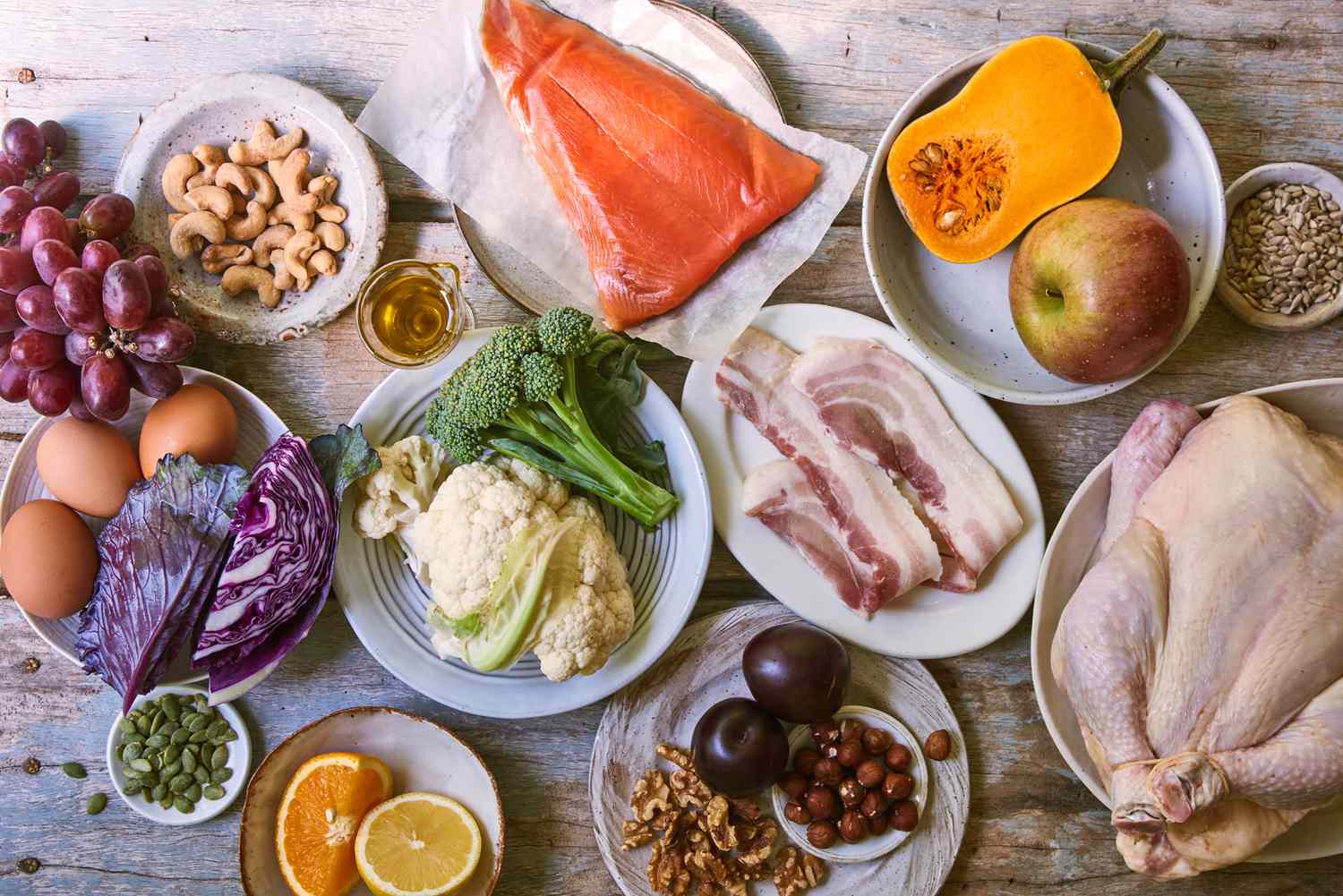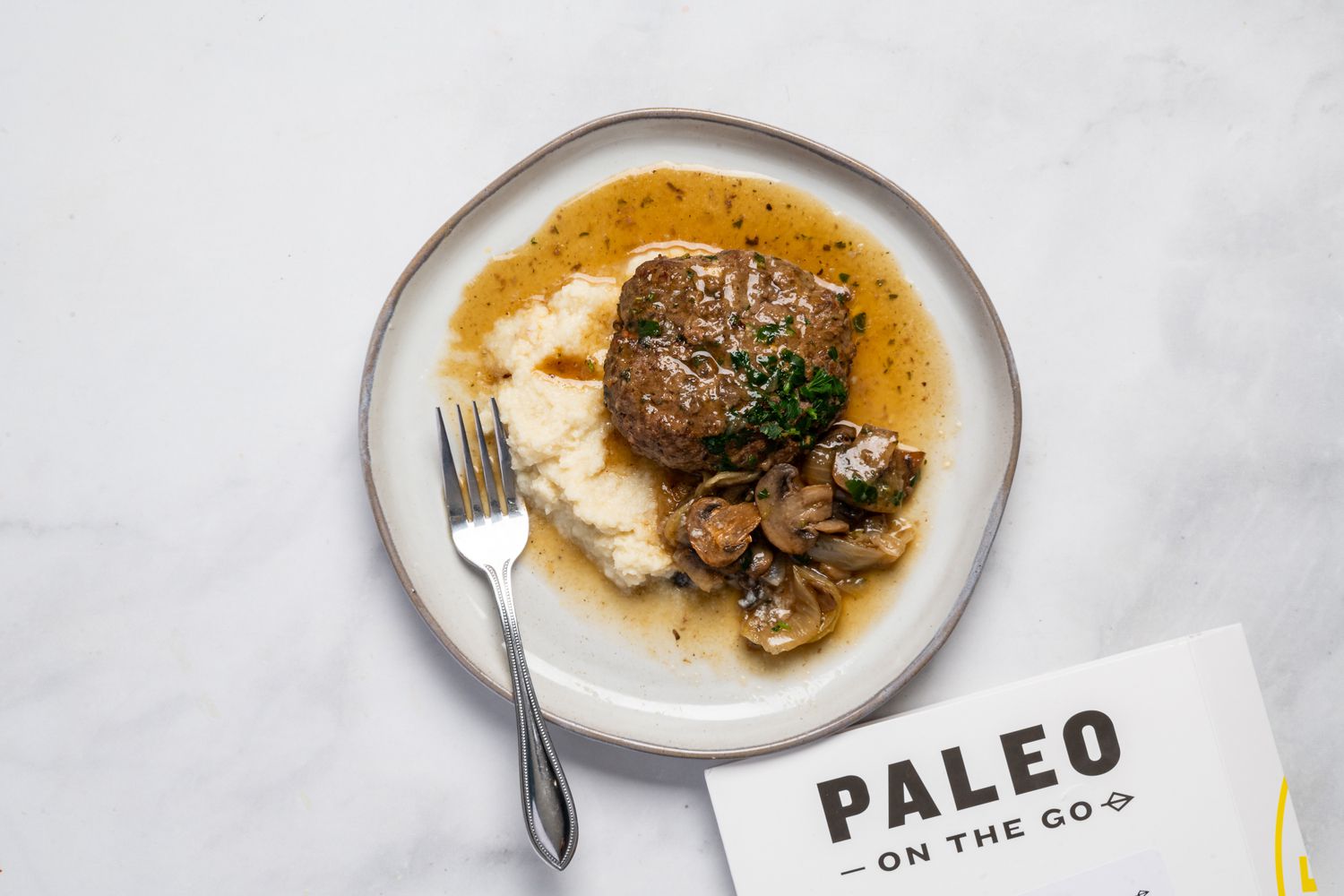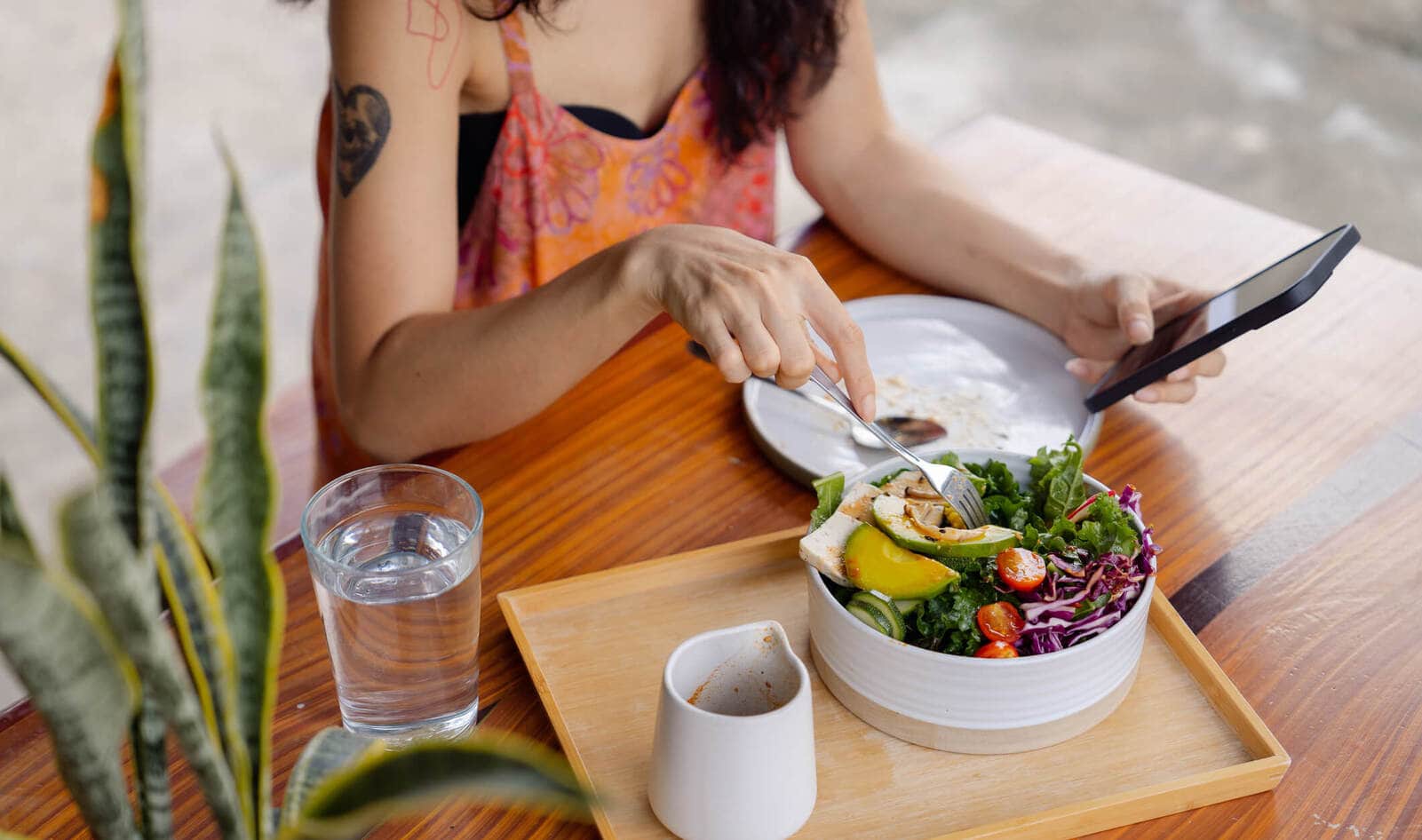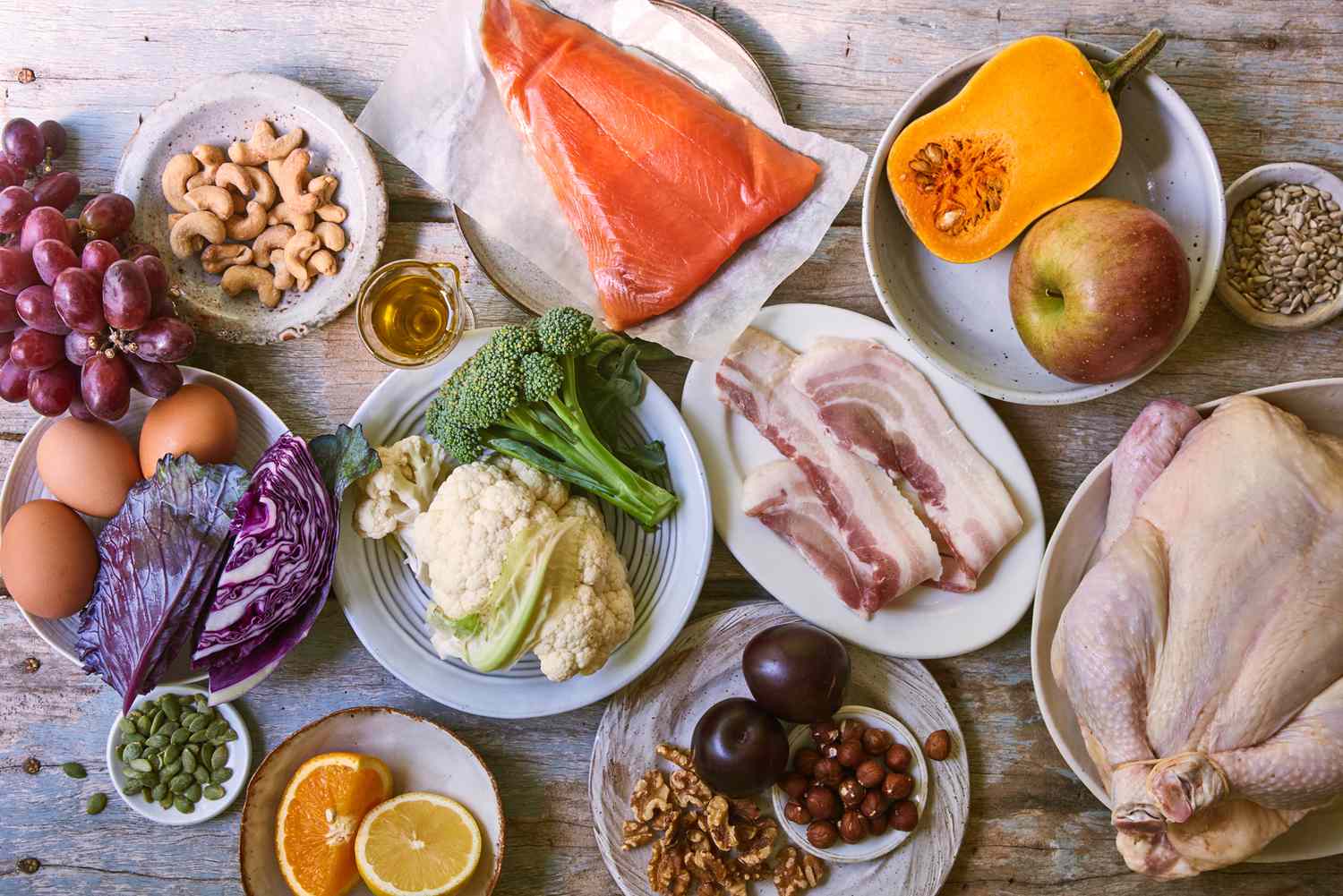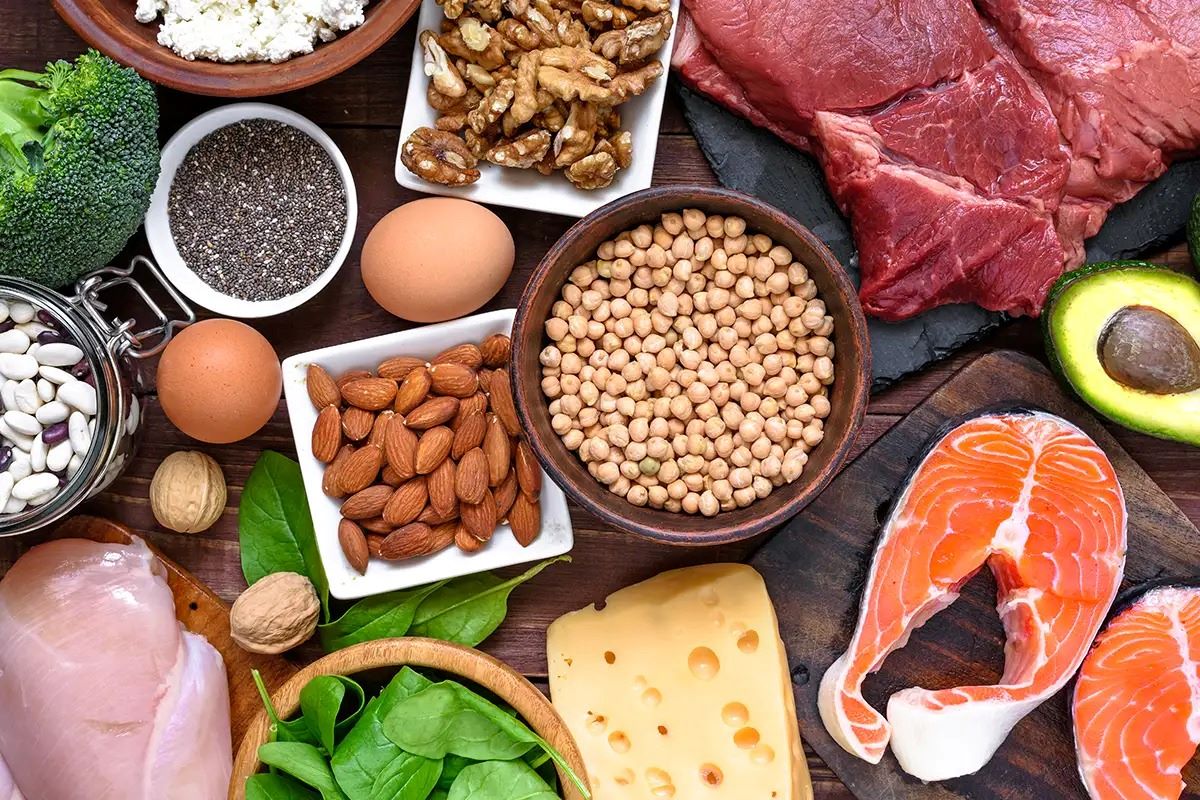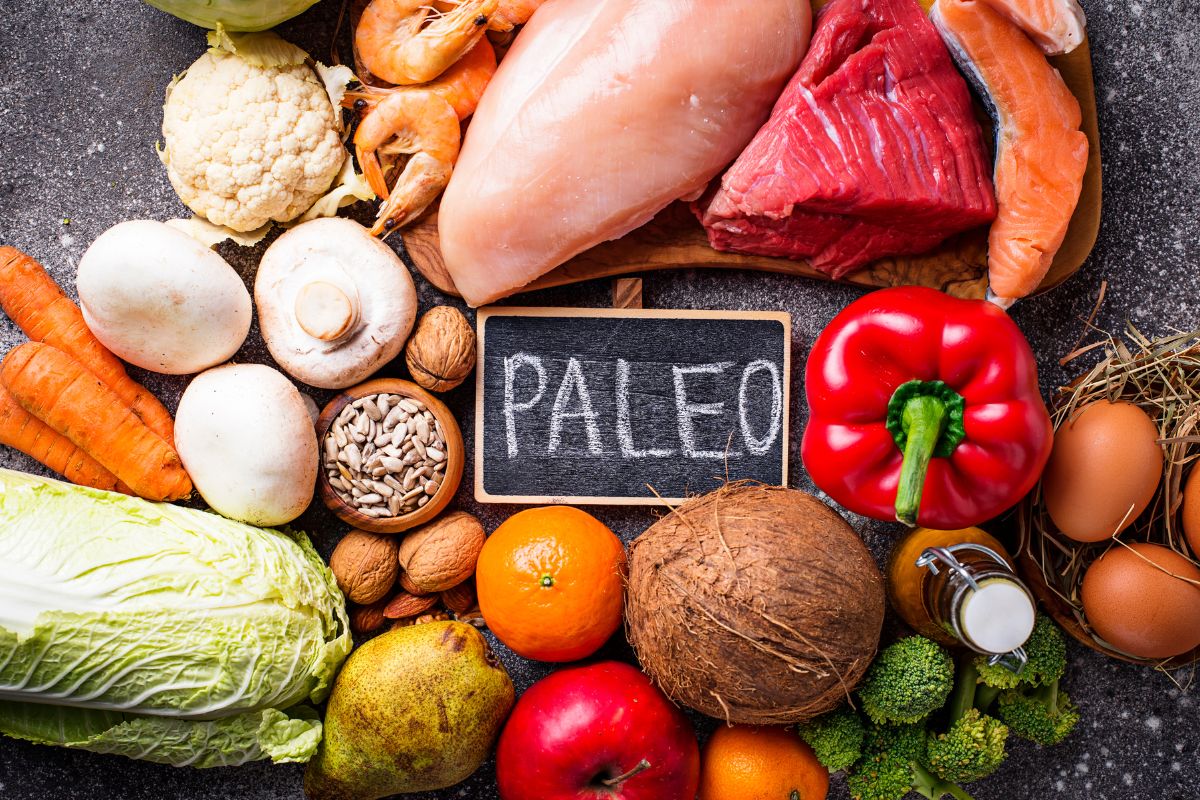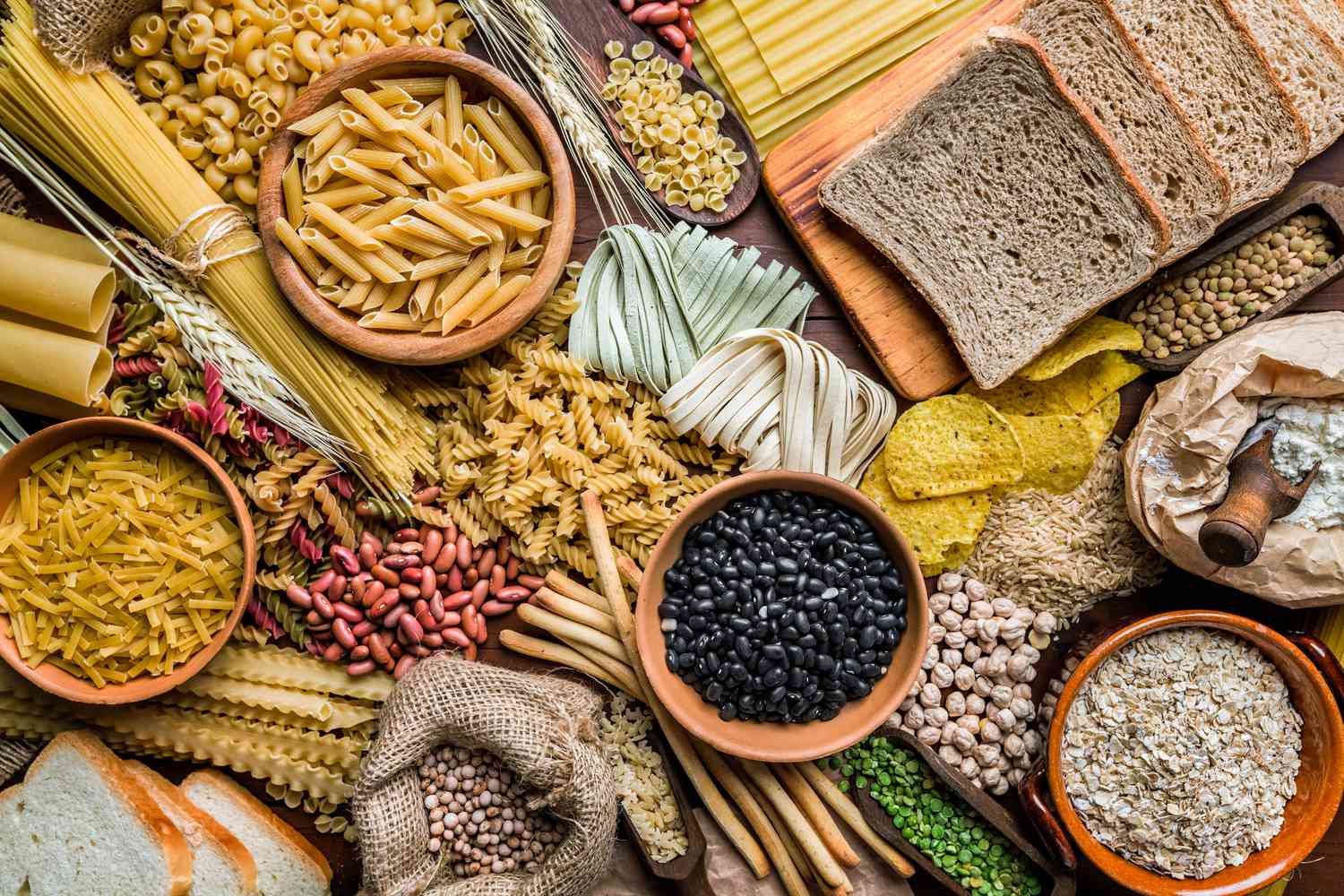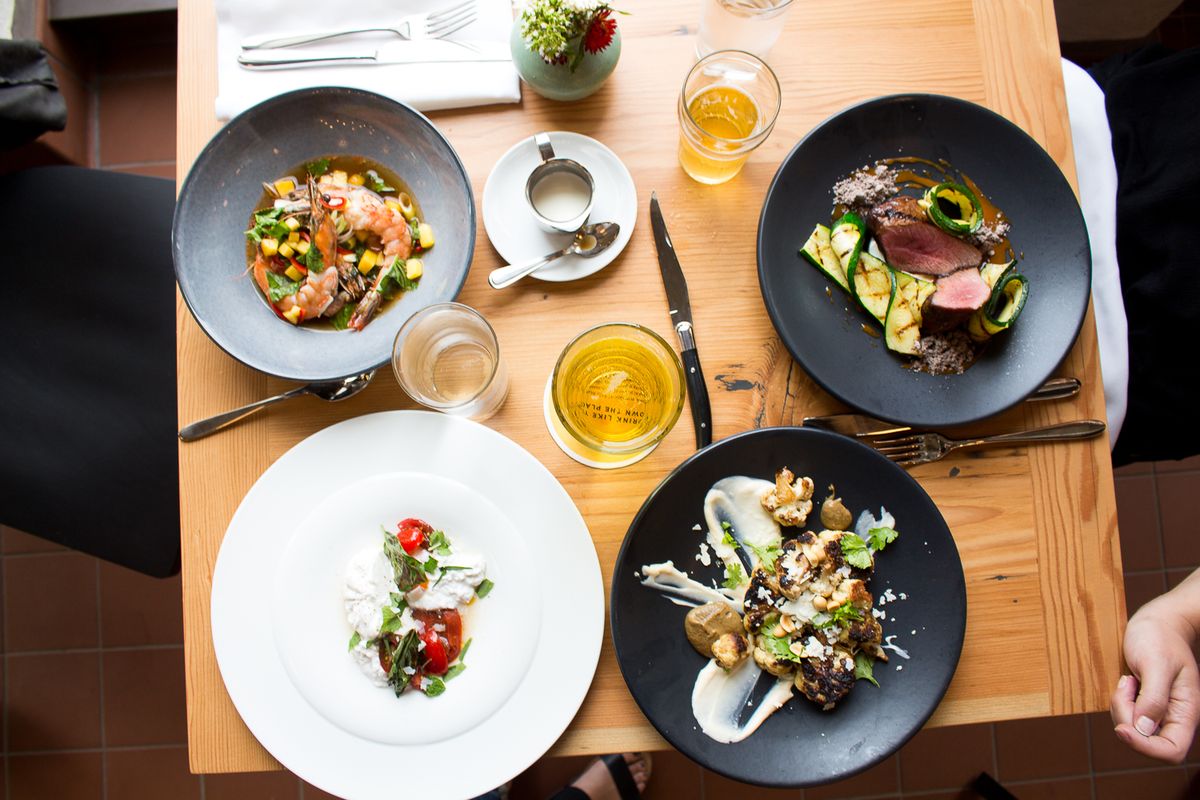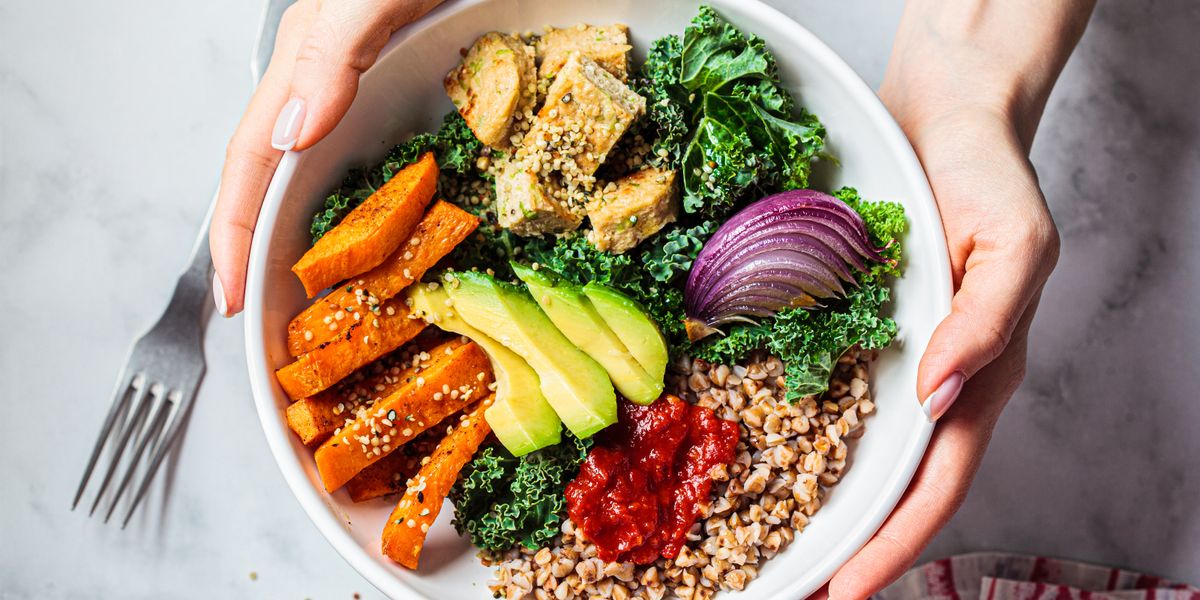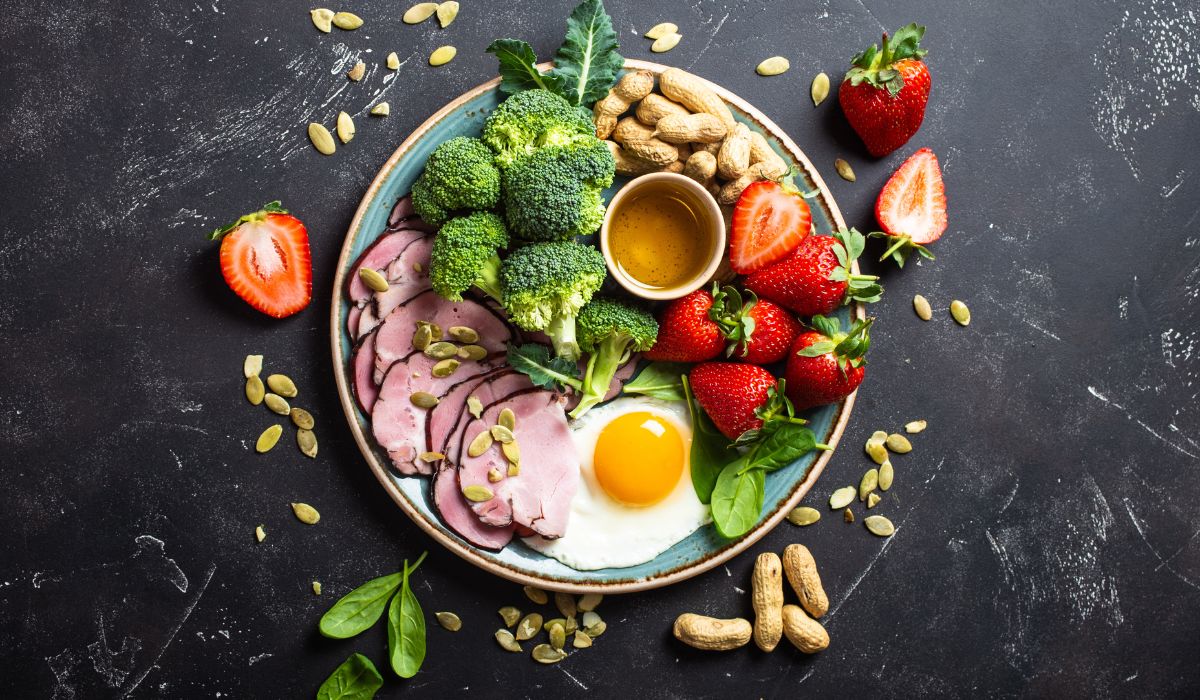Discover the Paleo Way of Eating Grains, Legumes, and Beans
Welcome to the world of Paleo eating! If you’re looking to adopt a healthier lifestyle and improve your overall well-being, the Paleo diet is a great place to start. This way of eating focuses on consuming foods that our ancestors would have eaten during the Paleolithic era, such as lean meats, fish, fruits, and vegetables. However, when it comes to grains, legumes, and beans, the Paleo approach takes a different stance. Let’s explore how you can enjoy these foods the Paleo way.
Grains
Grains are a staple in many traditional diets, but they are excluded from the Paleo diet due to their high carbohydrate content and potential for causing inflammation. However, if you’re looking to satisfy your craving for grains while following the Paleo way, there are some alternatives you can consider:
- Quinoa: While technically a seed, quinoa is often used as a grain substitute. It is packed with protein and can be enjoyed as a side dish or added to salads.
- Cauliflower Rice: This low-carb alternative to rice is easy to make and can be used in place of traditional grains in many recipes.
- Coconut Flour: When it comes to baking, coconut flour is a great Paleo-friendly option. It’s high in fiber and adds a subtle coconut flavor to your baked goods.
Legumes
Legumes, including beans, lentils, and peanuts, are also excluded from the Paleo diet due to their high lectin and phytate content, which can cause digestive issues and nutrient absorption problems. However, if you’re a fan of legumes and want to incorporate them into your Paleo lifestyle, here are some alternatives to consider:
- Green Beans: While not technically a legume, green beans are often considered a suitable substitute for traditional legumes in Paleo recipes.
- Snap Peas: These crunchy and sweet pods can be enjoyed as a snack or added to stir-fries for a burst of flavor and texture.
- Lentil Pasta: Made from lentil flour, this pasta alternative is a great way to enjoy a comforting bowl of noodles while sticking to your Paleo principles.
Beans
Beans, including black beans, kidney beans, and chickpeas, are rich in nutrients but are not part of the Paleo diet due to their high carbohydrate content and potential for causing digestive issues. If you’re looking for Paleo-friendly alternatives to beans, consider the following options:
- Black Soybeans: These low-carb legumes are a great source of protein and can be used in place of traditional beans in many recipes.
- Adzuki Beans: With a slightly sweet flavor, adzuki beans can be used in both sweet and savory dishes, making them a versatile addition to your Paleo pantry.
- Chickpea Flour: Also known as gram flour, chickpea flour is a popular ingredient in Paleo baking and can be used to make delicious flatbreads and savory pancakes.
By exploring these Paleo-friendly alternatives to grains, legumes, and beans, you can still enjoy a diverse and satisfying diet while reaping the benefits of the Paleo way of eating. Remember to listen to your body and make choices that align with your individual health and wellness goals. Embracing the Paleo lifestyle doesn’t mean sacrificing flavor or variety – it’s all about finding creative and delicious ways to nourish your body with wholesome, nutrient-dense foods.
